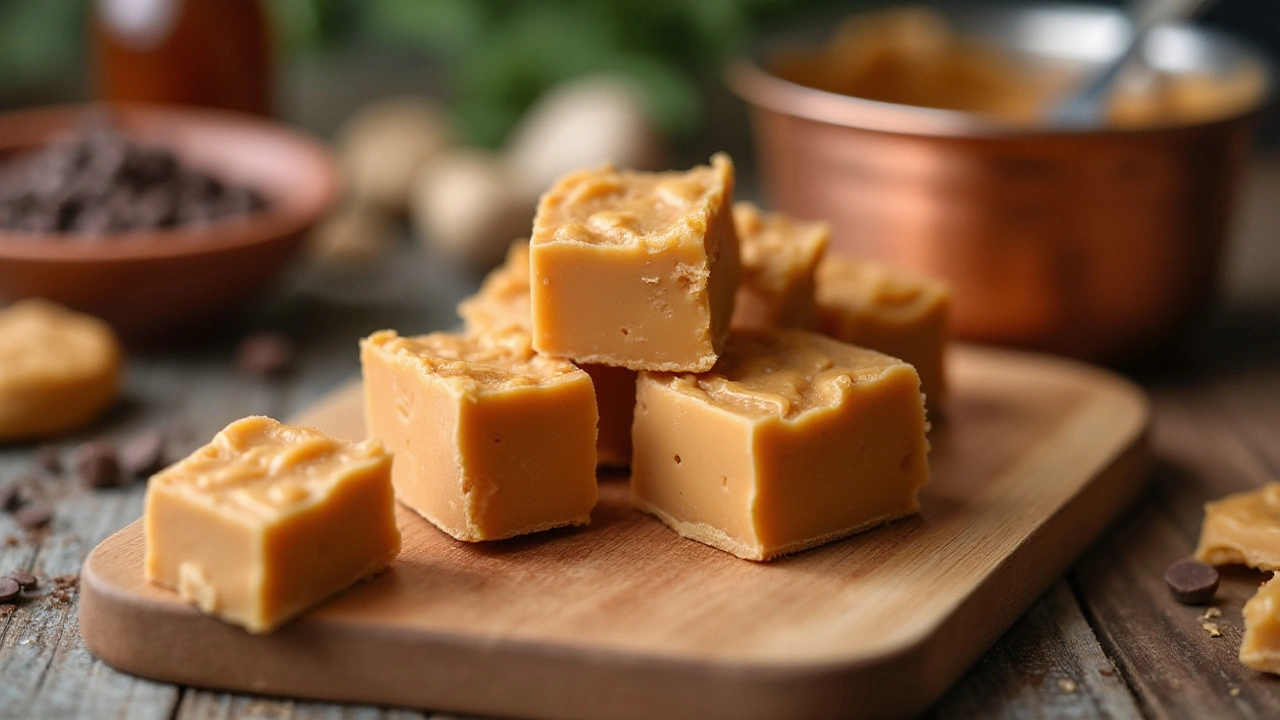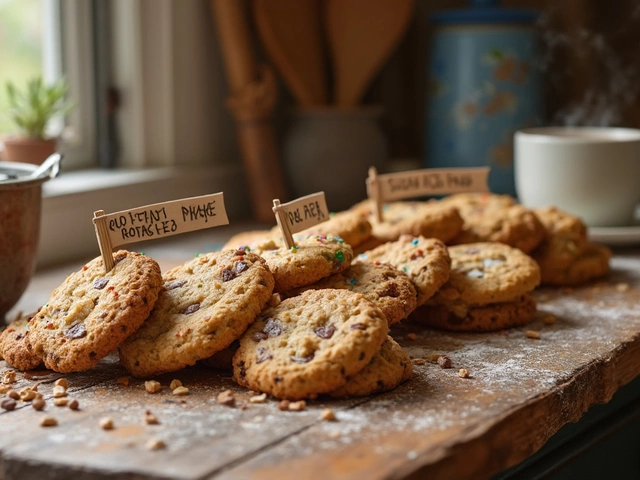Cooking Tips: Simple Hacks to Boost Your Sweet Creations
Ever wonder why some desserts turn out perfect while others fall flat? The answer is usually a tiny tweak you missed. Below are the most useful cooking tips any dessert lover can start using today.
Master the Basics
First, always trust a good thermometer. When you make fudge, hitting the soft‑ball stage (around 235‑240°F) is the secret to a smooth, creamy texture. If you don’t have a candy thermometer, a simple water‑drop test works—drop a spoonful into cold water; it should form a soft ball you can roll between your fingers.
Next, watch your egg situation. Skipping eggs in cheesecake changes the structure dramatically; you’ll end up with a crumbly top and a softer center. If you need an egg‑less version, substitute with a mix of silken tofu and a bit of lemon juice to keep the custard firm.
Gluten‑free bakers, listen up. Dense, heavy cakes often result from using too much rice flour or not enough binding agents. Add a spoonful of xanthan gum or a bit of psyllium husk to lift the crumb and prevent that dreaded sunken middle.
Troubleshoot Common Dessert Problems
Got grainy fudge? It’s usually caused by over‑cooking or stirring too aggressively once the mixture hits the right temperature. Remove the pan from heat as soon as you reach the soft‑ball stage, let it sit for a minute, then stir gently until glossy.
Brownies gone bad? Look for a sour smell, excess moisture, or a crust that feels slimy. Store them in an airtight container with a piece of bread to absorb excess humidity and they’ll stay fresh for up to a week.
Birthday cake sinking? It’s often because the batter is too thin or the oven temperature is too low. Use a metal pan, preheat the oven fully, and avoid opening the door early. A quick test: insert a toothpick; if it comes out clean, the cake is done.
Want to save money on fancy sweets? French macaron prices can shock you, but you can make them at home with just almond flour, powdered sugar, and egg whites. The key is to whisk the whites to stiff peaks and pipe consistently sized rounds.
Finally, if you ever wonder whether a candy is vegan—check for gelatin. Many jelly sweets hide animal‑derived gelatin, but brands offering agar‑agar or pectin are safe. A quick label scan saves you a lot of guesswork.
These tips cover the most common hiccups you’ll hit in the kitchen. Apply them next time you’re whipping up fudge, fiddling with gluten‑free batter, or experimenting with eggless cheesecakes, and you’ll notice the difference right away.

Gordon Ramsay's Choice of Smoked Paprika for Perfect Homemade Cookies
Exploring the intriguing world of culinary arts, one might wonder about Gordon Ramsay's choice of smoked paprika, particularly in creating flavorful homemade cookies. This article delves into the type of smoked paprika preferred by the celebrity chef, offering insights into its unique taste and how it enhances cookie recipes. Readers will learn simple tips on incorporating this spice into their baking to achieve the desired depth of flavor. Additionally, the article highlights interesting facts about smoked paprika, broadening the culinary horizons of cookie enthusiasts.
View More
What Not to Do When Making Fudge
Making fudge can seem simple, but even small mistakes can ruin the batch. Dive into the common pitfalls of fudge-making, and learn how to avoid grainy texture, burning chocolate, and more. Whether you're a beginner or seasoned pro, this guide offers practical advice and insights to help you achieve velvety, mouthwatering fudge every time.
View More
Prevent Sugar Crystals in Fudge with These Simple Tips
Making smooth and creamy fudge can be a rewarding experience, but sugar crystals can sometimes spoil the texture. This article explains the science behind why sugar crystallizes in fudge and provides helpful tips on how to prevent this from happening. Learn how to handle sugar, cook fudge mixtures to perfection, and store your sweet treats. Discover how small changes can significantly improve your fudge-making skills.
View More




